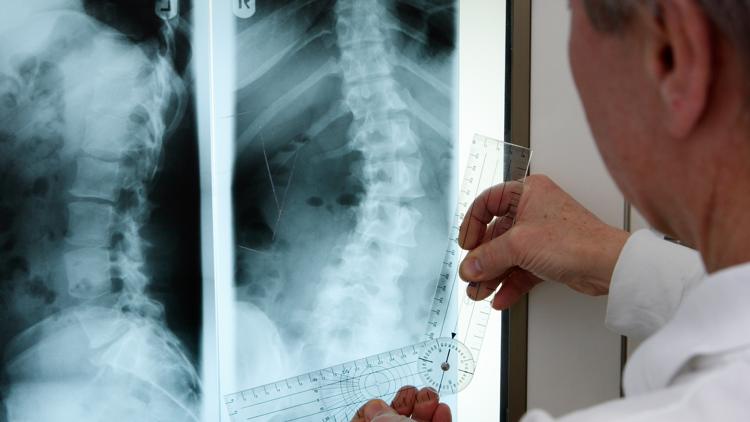BUFFALO, N.Y. — Did you know the entire month of October is recognized as National Spine Health Awareness Month?
During the 31-days, medical professionals across the U.S. are dedicated to raising awareness on the need for a healthy spine.
Common spine issues include back pain, spinal fractures, scoliosis, and more.
Nearly 100 million Americans suffer from back and neck pain in the nation each year. In 2020, the United States Congress recognized October as Spine Health Awareness Month to recognize the importance of prioritizing spine health, research and advocacy.
Back and neck pain is the number one job-related disability in the U.S. and those with symptoms are four times more likely to become clinically depressed, according to the National Spine Health Foundation.
Even if you think you have a healthy spine, it's still important to understand safe spine practices and know resources available. The National Spine Health Foundation offers resources, patient stories, spine-talk podcasts, infographics, and more to offer support around spine health.
Here are a few ways simple changes to improve and preserve your spine health.
Strengthen your core muscles
Having a strong core will lead to less pressure on the lower back. Ab and core specific exercises can help create stronger muscles.
Wear supportive shoes
Making sure your shoes have good support will help create a supportive base for your spine and body. If you are flat-footed, having some extra support in the base of the sole can be a good way to alleviate some lower back pain.
Stand and move throughout the work day
For many people, sitting at a desk all day is the routine. This is one way to cause constant stress in spinal discs. Prolonged sitting can create or aggravate any back problems. It's a natural tendency to slouch and lean forward when sitting, but this can cause even more stress on the lumbar, or lower back, discs. Selecting the right office chair or even putting extra support into a chair can help avoid some issues. It is also recommend to stand and walk around for a bit each hour or invest in a standing desk.
Let your spine rest while sleeping
Lying down is the spine’s chance to finally take a rest after holding up the body all day long. To make the most of it, you need a comfortable mattress and pillow. It is recommended to use a firm mattress to prevent the spine from sagging. It's also important to keep the spine naturally aligned while sleeping. The National Spine Health Foundation recommends the following: If you are a back sleeper, put a pillow behind your knees to help reduce the stress on your lower back. If you are a side sleeper, put the pillow between your knees to keep the hips balanced.
Spine health is sometimes overlooked as a priority in adults, however it's the leading cause for pain. Adding the recommendations above into daily life and practicing a health, active lifestyle can support god spine health. For more information on National Spine Health Awareness Month, visit the National Spine Health Foundation's website here.



